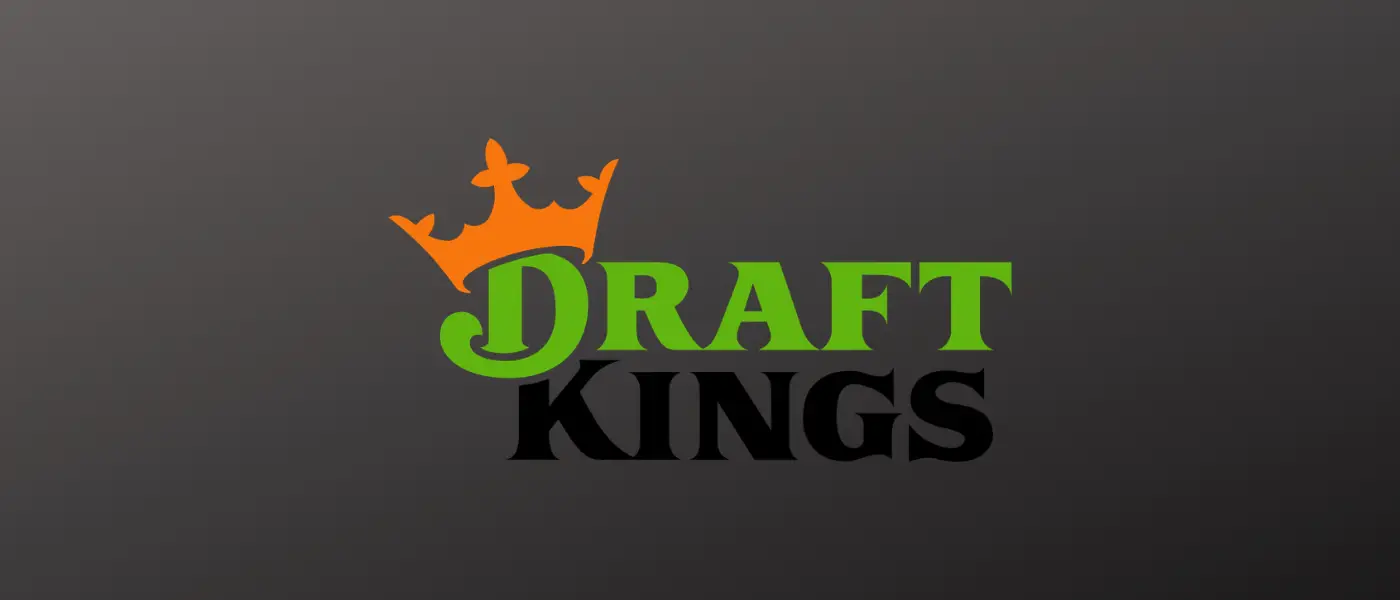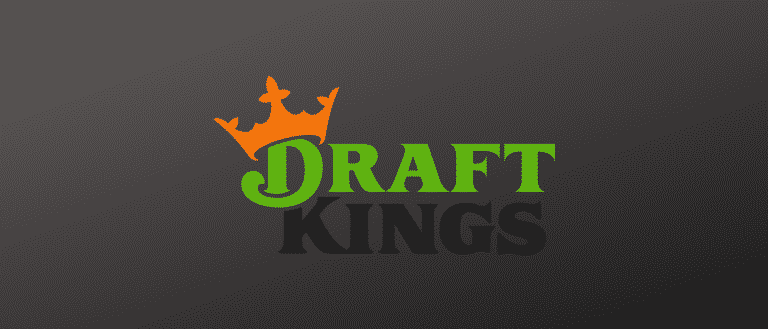Cold Water Poured On DraftKings Predicted Marketing Spend

An investor presentation is always likely to contain some optimistic scenarios, but an from DraftKings last week appeared to contain a doubtful assumption on future DraftKings marketing spend.
The company has reason to be bullish on its prospects for the years ahead. Headlines were there for the taking on the new estimates for the total addressable market in both US sports betting and online casino gambling and DraftKings’ market share hopes.
Yet, in its estimate for what the balance sheet might look like ‘at maturity’ in five years, there appeared a very bullish assumption on DraftKings marketing budget.
To maintain what it sees at an achievable market share of up to 30% in sports betting and 20% in online gaming, DraftKings said it expected to be laying out less than 10% of projected net revenue of $5.4bn or $500m on marketing.
Money’s too tight
Now, that stated $500m is undoubtedly a large enough budget for any aspiring CMO, and it can go a long way.
But in an environment where your rivals are likely to be spending whatever it takes to either match or challenge your market leadership, it might come to be seen as being a bit on the skinny side.
To take a couple of pertinent examples. Globally, in 2020 major rival Flutter spent a total of £991m or $1.38bn on sales and marketing out of its global net revenues of £4.40bn ($6.1bn) or around 23%.
And just this week, Rush Street Interactive, which operates the BetRivers Sportsbook, in its fourth-quarter earnings call, also said it spent 23% of total revenues on marketing during the quarter. More to the point, CEO Greg Carlin said RSI’s 2020 marketing expenses had been “modest,” and its improved cash position would allow it to “significantly increase’ its spend in 2021.
“Ten percent of NGR sounds unbelievably low in a land-grab market such as the US,” says Andy May, a UK-based marketing consultant with expertise in the gambling space.
May points to comments from Entain about CPAs (costs per acquisition) in the $500 region and suggests that presently CPAs of up to $700 “are not uncommon,” particularly given this is still early days in all state-by-state markets.
“Everything I hear is that US CPAs are very high as brands fight hard for a share of voice in media channels during these critical early market evolution months,” says May.
As May suggests, DraftKings benefits from strong existing brand awareness, contributing to their confidence around future spending. Indeed, during the investor presentation, DraftKings CEO Jason Robins pulled up a slide of the company’s own commissioned quarterly brand tracking data, which shows that DraftKings has resonance with a large cohort of current and potential customers.
Top of mind
Across DFS, sports betting, and igaming, the stats show DraftKings is ‘top of mind’ with 34% of fantasy players and the preferred supplier for 38%. Those numbers are only slightly behind at 31% and 29% in sports, and switching to igaming places those numbers at 25% and 29%.
In each category, DraftKings is significantly ahead of its leading competitor, and such data points can help when it comes to decisions regarding levels of marketing spend.
But as John English, CEO at consultancy WeBe Gaming, is quick to point out, to get to that level of consumer confidence, both DraftKings and its primary DFS rival FanDuel spent a “fortune” in marketing to reach these levels of recognition.
DraftKings “did a great job,” he adds, but sports betting is a new market, and anyone who thinks the marketing merry-go-round will stop is probably kidding themselves.
“There will be more competition to come, and certainly there will be more groups fighting for the customer acquisition,” English adds. “It’s happening now. That will drive the cost of a quality spending customer up considerably, not down.”
Moreover, English says it’s way too early to call the market as being settled. “I would expect costs to rise with the tide as new or consolidated companies battle for the same or new customers,” he says.
“There is also the point of effective customer retention, and the ongoing cost and creativity of marketing campaigns will be around forever, and spending will continue to rise especially if you want to create and maintain brand loyalty.”
May agrees: “In terms of overall marketing spend, a European average of 23-25% of NGR is normal, so in the US, I would expect the percentage to be significantly higher given the overt focus on acquisition marketing. DraftKings may be slightly lower, but 10% sounds unrealistic and highly unlikely in my view.”
Scott Longley has been a journalist since the early noughties covering personal finance, sport and the gambling industry. He has worked for a number of publications including Investor’s Week, Bloomberg Money, Football First, EGR and GamblingCompliance.com. He now writes for online and print titles across a wide range of sectors.





